Remembering survival priorities is a problem that survivors face any time they build a kit, plan or gather supplies and there are many mnemonics out there to help them.
One of the better ones is the Rule of Threes, but the original version omitted priorities such as security, signaling, and navigation, which I think most of us would agree to make it incomplete. For this reason, several modified versions of the Rule of Threes have been proffered and this article will relate the one that I use.
First, I’ll relate the traditional Rule of Threes so you can compare the two.
The Rule of Threes
The “Rule of Threes” is a memory aid that ranks urgency of survival needs by the length of time a healthy person can survive without them during a survival ordeal. While they are not exact times, it useful because it gives the survivor a default priority structure that is easy to remember.
3 Minutes Without Air
The first entry in the “Rule of Threes” relates to medical needs and is easy to remember because it refers to another mnemonic, “The A, B, C’s of first aid” which denotes the urgency of treatment as: “Airway, Bleeding, and Circulatory Shock.” At normal temperatures, a normal person will lose consciousness within about three minutes if unable to breathe and death will soon follow. According to the “Rule of Threes”, the first thing a survivor should do is treat any injuries that have been inflicted.
3 Hours Without Shelter
The second entry relates to exposure to heat and cold and the need for shelter and fire. It is possible to become a casualty of either heat or cold within about 3 three hours. In wilderness survival ordeals, more people die from hypothermia and hyperthermia than from any other preventable cause. Therefore, once medical treatment has been given, the survivor should then procure shelter.
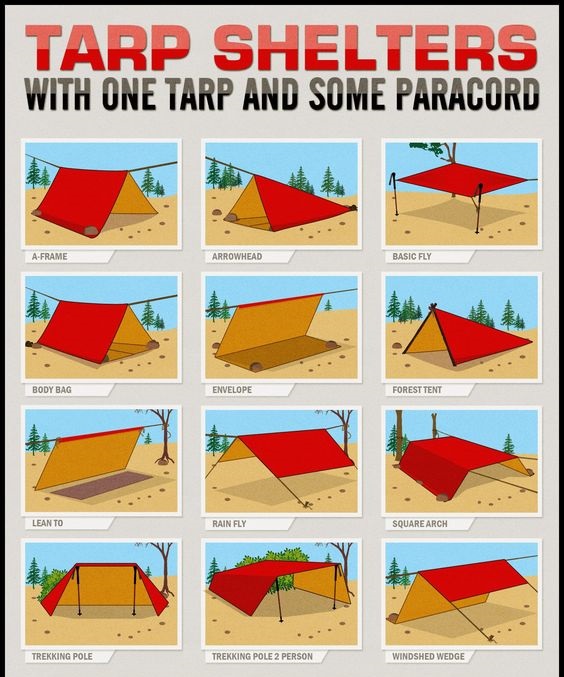
3 Days Without Water
The next priority concerns the need for water, stating that a water source should be procured one medical and shelter have been tended to because dehydration can kill within three days.
3 Weeks Without Food
Unlike perishing from injuries, hypothermia or dehydration, it can take weeks to die from hunger, placing food procurement as last in the order of survival priorities.
The Revised Rule of Threes
As with any survival plan or rule, it must stay flexible and adaptable. A given need may become more or less urgent and opportunities seldom present themselves in order and when it comes to the needs of the military or survivalist operator, the old “Rule of Threes” leaves out several things we know to be priorities. security, communications, signaling and self-recovery and I have incorporated them into my version of the Revised Rule of Threes as I’m sure other writers have also done but I hope that my version will stand on its merits.
3 Seconds Without Security
In the past, I have also referred to this as “Three Seconds Without Thinking”, but I think “3 Seconds Without Security” is easier to remember. Nothing else in the “Rule of Threes” will matter if you get shot, so security concerns need to be addressed first and can be broken down into the following areas:
- Situational Awareness – Effective security is founded on situational awareness. Being situationally aware can mean equipping yourself with radios, night vision, and optics to see without being seen. It can also mean carrying an LED so you can see to negotiate terrain or tell whether a potential threat is holding a cellphone or a weapon, so illumination also falls under this category.
- Get off the “X” – If you are in immediate danger, move to a safer place … usually uphill and upwind of a crash site or disaster zone. Always have an escape plan.
- Self Defense – You might only have three minutes without air, but an immediate threat to security can flip your off switch, and therefore takes priority. This includes threats from dangerous wild predators.
3 Minutes Without Air
This was dealt with in the original rule and under the last heading so no need to touch on it here.
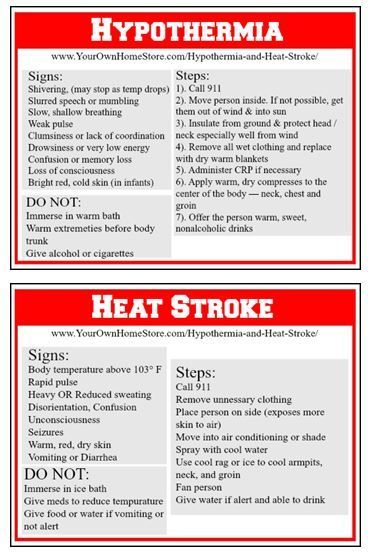
3 Hours Without Shelter
This heading is all about the threats posed by exposure. Unfortunately, survival shelters only contain or reflect heat, they don’t generate it. Therefore, shelter is more effective when achieved while you still have some heat to contain or reflect. Although the shelter is covered under the “Rule of Threes”, exposure encompasses the following:
- Clothing – Your clothing is the first layer of your shelter, so the dress layer for both the hottest daytime and the coldest nighttime temperatures.
- Shelter – Effective shelter from cold includes something to shelter under (a roof, tent or fly), something to shelter in (clothing and a blanket pinned to serve as a sleeping bag or bivvy bag) and something to shelter on (a ground pad, sit-upon or layer of dry plant material) to insulate you from the ground. Shelter from the sun requires shade, ventilation, and sunscreen.
- Cordage – Cordage is useful to construct shelter and to improvise a host of other survival tools.
- Knots – Everybody seems to carry paracord. Far fewer can tie even a half dozen knots. If this is you, take the time to learn them. Also, make sure your survival kit includes survival instructions that demonstrate common knots and their applications because someone else may end up using your survival kit.
- Cutting Tool – A knife is an important tool to create both fire and shelter, so don’t leave home without one.
- Fire – In survival situations, the ability to create fire is paramount to survival. Instead of simply trapping or reflecting heat, fire generates heat. It also gives off light, enables water to be made safe by boiling and enables the cooking of food.
- Creepy Crawlies – Exposure to mosquitos or any number of creepy crawlies can make a bad situation worse by depriving survivors of sleep and can causing discomfort and even infection but can be mitigated by insect lotion and a head net.
- Light – Sunlight reflecting off snow or water can cause blindness, which can be remedied by sunglasses or even by improvising sunglasses from bark or 100MPH tape.
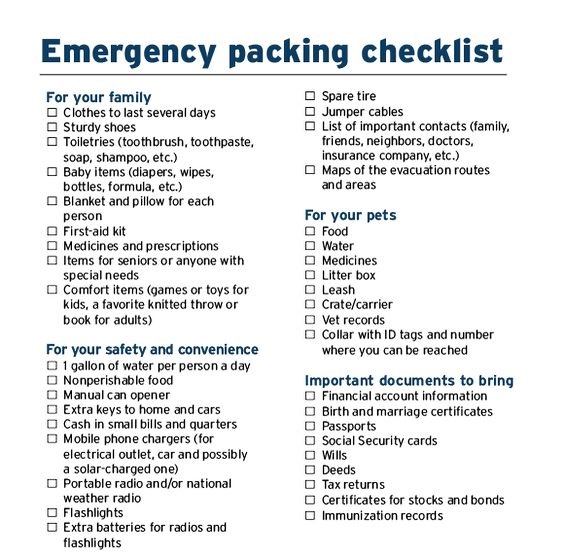
3 Days Without Water
The water heading is in the original “Rule of Threes” above, and would only add that it should encompass the following elements:
- Procurement &
Treatment – The preferred
method of treating water during a survival ordeal is boiling, (which is easiest
with a metal cup or container) followed by a combination of filtration and then
chemical treatment. - Storage & Transport
– Ideally, you’ll need at least two water
containers so you can allow water to settle, then decant it into another container
for treatment. You’ll also need to store and transport water, so if you are
using any kind of bag as a container, consider reinforcing the corners with
100MPH tape and installing grommets or eyelets so it can also function as a
canteen.
3 Weeks Without Food
Food is also part of the original “Rule of Threes” above.
3 Months Without Hope
This is another heading not contained in the original “Rule of Threes.” I use it to cover the following elements:
- Signals/Communications – Proper communications can end a survival ordeal before it starts, so it should be part of any survival memory aid. What some leaves out is that even when communications are successful and rescuers are given the correct coordinates, that doesn’t mean that a Blackhawk is taking off to head directly to pick you up. Who comes for you will depend on where you are what organization is tasked with responding to distress calls. Even if a team of rescuers is deployed, you’ll still need last-mile signal gear. It is so named because once rescuers are in the area, you’ll still need to attract their attention. You’ll also need to keep yourself alive until they get there. Rescue aircraft normally only fly during daylight hour and good weather, so plan of Murphy showing up and delaying the rescue.
- Self-recovery/Land Navigation – Self-recovery is something survival instructors are taught to warn you against. Fundamentalists will tell you to never leave your vehicle under any circumstances because they assume you are only capable of making your situation worse. I promote preparation for both rescue and self-recovery and understanding under what circumstances each could save your life. One reason I depart from conventional thinking on this issue is that most competent outdoorsmen (including your truly) will tell you that they’ve self-recovered many times, but never needed a full-on rescue. Money is seldom included in contents lists for survival kits, but if you successfully self-recover, you’ll need it to procure food and drink, lodging and transportation. In unfamiliar terrain, having a map and compass and knowing how to use them are essential to self-recovery efforts.
- Sleep – I seldom see sleep included in survival needs continuums, but if you are unable to sleep for a month, you’ll be hopeless and useless. It’s worth the effort it takes to make yourself comfortable enough to sleep.
- Hygiene – Everybody knows you can get giardia from drinking untreated water, but far fewer know that you’re just as likely to get it by failing to wash your hands before meals in the field. Neglect hygiene during a survival ordeal and you’re in for everything from trench foot to parasites. While they won’t usually kill you right away, they absolutely will kill you over time.
- Hope – Whether you call it the will to survive or survival psychology if you lose hope, your body will soon follow. Lose the will to survive and death is just as sure as it is with hypothermia or dehydration.






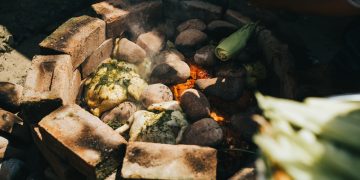
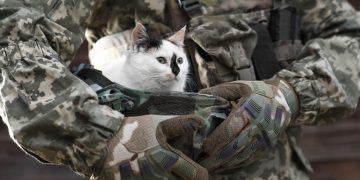
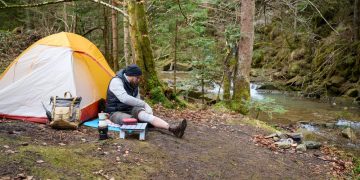

















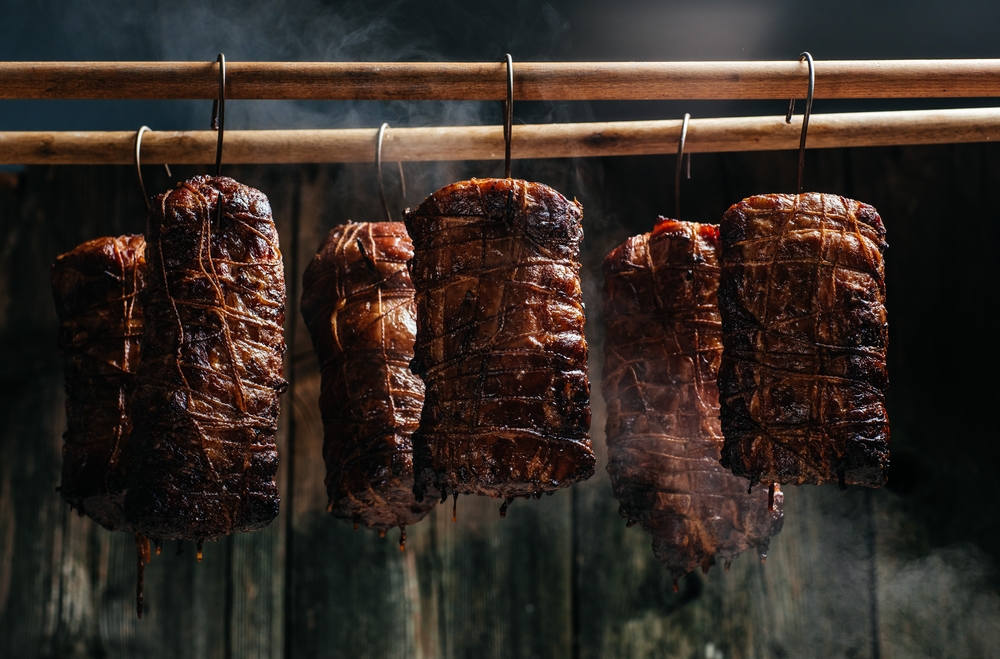

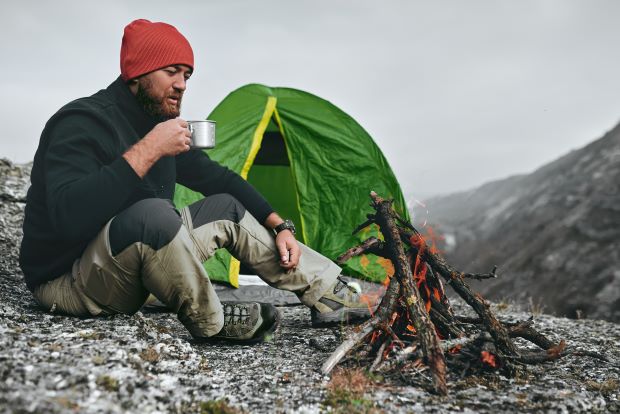
























































That was pretty good!
I have a similar concept but my last one is community instead of hope. Same timeline.
<3 months without community. (Because they can either help you or hurt you depending on your status. Which is why I suggest everyone be as polite as possible! And get a reputation fot helpfulness… But also not to be a pushover.
But yeah. Hope/Will to live is important. I could stand to read a fresh article about "the well of fortitude." Where increased hope and willpower methods are considered. Something useful for non-religious singles.
Add some nails (no trim or specialty, unless you can have some logic behind it. About a dozen #6, 8, and 12. EG (Electro-galvanized). No hot-dipped as they are softer steel from being reheated. Then secure with tape and/or saran-type plastic. Must Not rattle. Each adult should have this item. A triple set in your vehicle.
In your vehicle have a small tool set, regular straight-claw hammer, screwdrivers, pliers, adjustable wrenches (Crescent Wrenches), etc.
Blue , black, and Red permanent magic markers, and a 1” wide roll of orange safety tape. (This you can tie a piece to a rock with a couple-foot tail and heave-ho up to a road or trail if you are stuck. Or tie off on a tree. Both write day and time, who you are and how many, and direction you are heading in.)
Don’t forget lots of heavy duty large plastic bags, and a couple rolls smaller sizes. Great for keeping heat retention, make a poncho, temporary tent, put feces in, etc.
A roll of 4” packing wrap. Great for securing things, as well as a broken bones, over-wrap a wound, etc.
All items on list should have redundancy. A storm could make you lose one or more of your packs. Or abandon your transportation. Or theft, or forgetting to repack something, or have to leave quickly during the night after you set up shelter, etc.
Think making pack as light as possible, but don’t be silly buying titanium silverware, etc unless money is no object. Then make sure all packing removed, and best if it shows wear-and-tear. Otherwise you are making yourself a target. Even terrible things have happened in FEMA camps and soup lines of Salvation Army, etc.
Not bad advise but more importantly learn to use your gear and have skills to survive. Have more than one way to start a fire for example. Credit card knives are a decent back up as well. If your wallet has room a flash drive with documents and contact information in case your phone is lost or damaged. Seriously, how many people don’t know phone numbers? Take classes on various skills, practice them often, if you have children practice with them. My 9 years can build a shelter and a fire, so in a real situation he could build a fire while I do other things. Often said training trumps gear.
If anyone needs help memorizing phone numbers “ That’s my numba “ song from Sesame Street is good place to start. Once you have the 7 down. adding the area code is easier
I love everyone’s comments. I do not have much to add.
I agree whole heartedly with this addition.
Security brings this in line with the military mantra, that security is always your top priority.
I simply say. “3 seconds without your wits”.
My Grandmother would say, “You had your wits about you today” or something similar.
I SIMPLY SAY, 3 SECONDS WITHOUT YOUR WITS”.
I AM JUST CHECKING MY LETTER SIZE.
A great article, and a good read. Like the comments too. There are some good ideas there as well. Keep more articles like this coming. Thanks
If you were right about the three second rule humanity would have died off thousands of years ago if not earlier. It actually calls into question you’re entire ‘biography’ as it’s presented. Lack of security is actually what drove humanity for a long time. It’s absolute security that’s driving humanity to it’s own destruction
The best articles make you think. Your brain is your greatest ssset.
3 seconds,. 3 minutes, 3 his, 3 days, 3 months, 3 years are only possible if you stay calm and keep the wheels turning.
It’s what separates us from death and staying alive in the natural world. .
Shall small screen, big fingers makes for bad punctuation